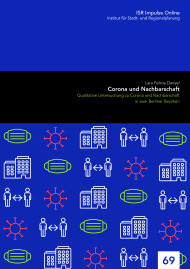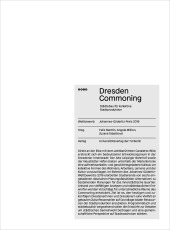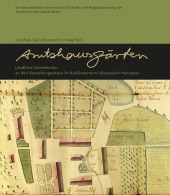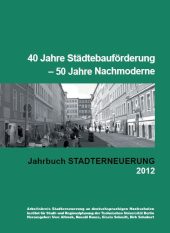Corona und Nachbarschaft
Qualitative Untersuchung zu Corona und Nachbarschaft in zwei Berliner Bezirken

Format: 21,0 x 29,7 cm
Publishing year: 2022
This paper examines the impact of the Corona pandemic on the use of one’s neighborhood. Individual mobility behaviour functions as a mediator to spatially trace these changes in relation to the Berlin urban area. In a mixed-method approach, a qualitative study with a standardized pre-survey was conducted for the two Berlin districts Treptow-Köpenick and Mitte in late summer to autumn 2020. The starting point of the work is the assumption that exit and contact restrictions, closures of shops and venues, and other pandemic containment measures such as social distancing during the Corona crisis had a significant impact on the places Berliners visited since March 2020. The survey shows that changes in mobility behaviour occurred particularly in voluntary activities, while necessary activities were not affected to the same extent. The choice of means of transport is also affected by this change: while public transport is still experiencing a decline in use, the car, the bicycle and also walking have become more attractive. In addition, two adaptation strategies of the respondents in the field of leisure are presented in more detail – on the one hand, seeking out natural open spaces in the city, and on the other hand, walking as a pandemic-adapted social practice. Finally, the question is raised as to what role urban planning can play in this development dynamic.



